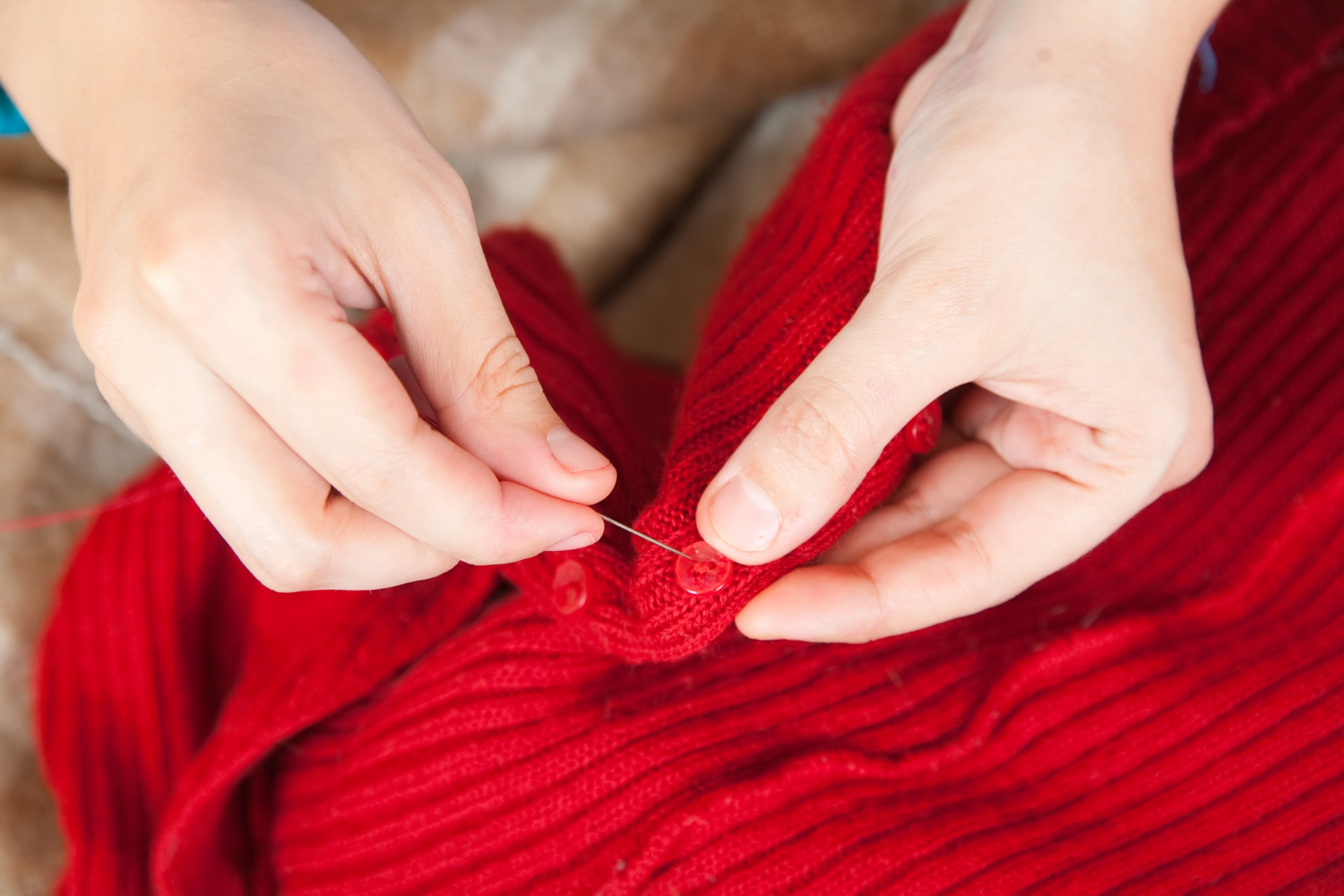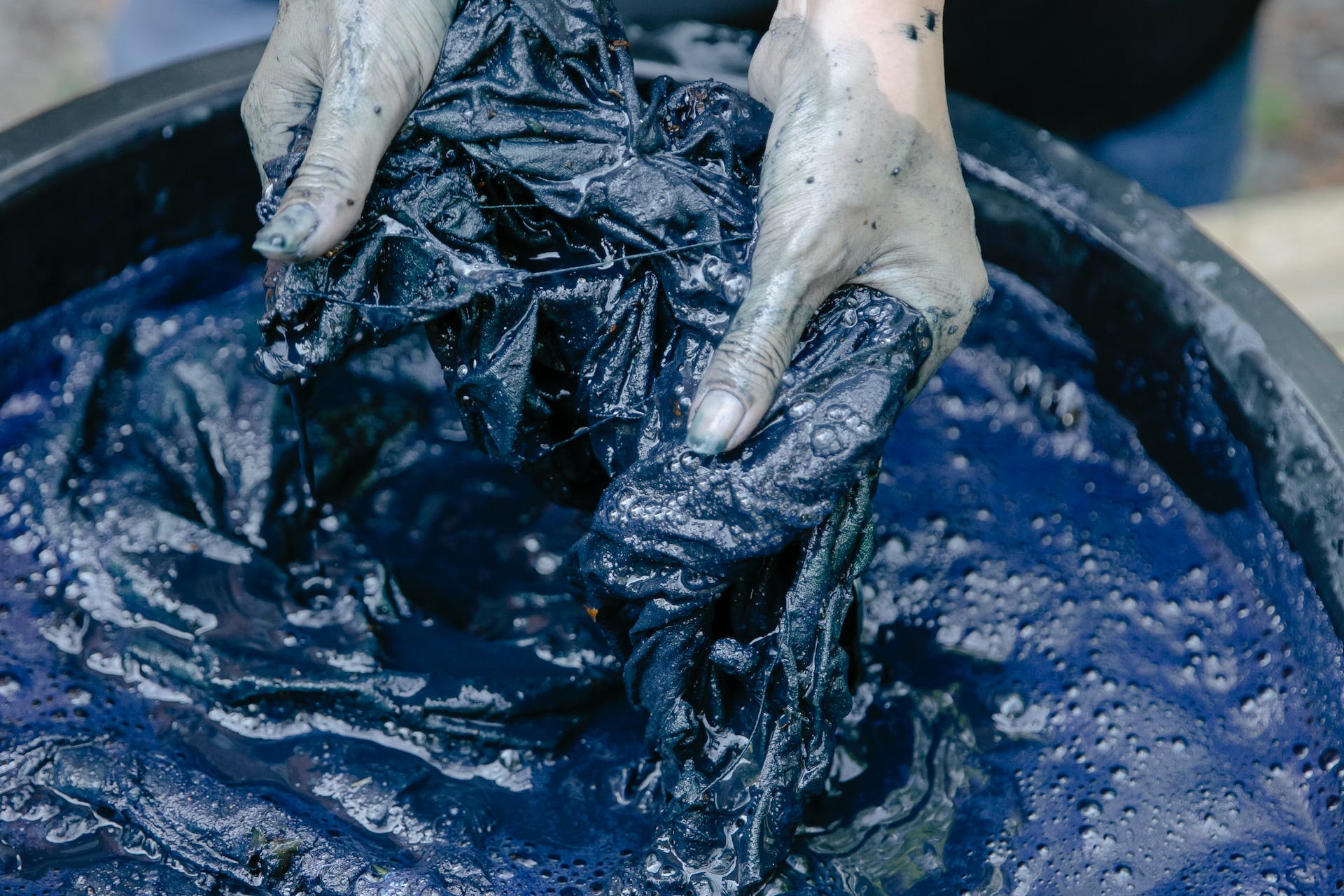How to get lint balls off clothes? Lint balls, also known as lint pilling, are those annoying, fuzzy little blemishes that can make your favorite garments look worn and old. Whether it’s on your cozy winter sweater, your workout gear, or even your bedsheets, lint balls can be a real eyesore. However, fear not! In this article, we’ll walk you through the process of how to get lint balls off clothes and preventing them from making a comeback.
Common Causes of Lint Balls
Fabric Type
The type of fabric your clothes are made of plays a crucial role in the formation of lint balls. Natural fibers like wool and cotton are more prone to pilling compared to synthetic materials. This is because natural fibers have loose ends that can become entangled and form lint balls.
Washing Machine and Dryer Issues
Issues with your washing machine and dryer can also contribute to lint ball formation. Overloading your machines or using excessive heat can cause friction and abrasion, leading to lint pilling.
Low-Quality Clothing
Lint balls are more prone to form in clothing made of inferior materials. These materials are frequently less enduring and so more prone to wear and tear.
Friction and Abrasion
Friction, whether from wearing a seatbelt or carrying a heavy bag, can cause lint balls to form on your clothing. Areas of your clothing that experience more friction are more prone to lint pilling.
Tools and Equipment for Lint Ball Removal
To effectively tackle lint balls and rejuvenate your clothing, it’s crucial to have the right tools at your disposal. Here’s a closer look at each tool and how to use them:
Lint Roller
A lint roller is an indispensable tool for quick and efficient lint ball removal, especially for delicate fabrics. Here’s how to make the most of it:
- High-Quality Lint Roller: Opt for a lint roller with a strong adhesive. This ensures it can efficiently pick up lint balls.
- Gentle, Sweeping Motion: When using the lint roller, apply gentle but even pressure. Roll it over the affected areas in a sweeping motion. The sticky surface of the roller will collect lint balls effectively, leaving your clothing looking refreshed.
Fabric Shaver
A fabric shaver, also known as a lint remover, is a powerful motorized tool designed to shear off lint balls. It’s ideal for larger areas with extensive pilling:
- Hold Fabric Taut: Before using the fabric shaver, hold the fabric taut to create a smooth and even surface. This ensures that the shaver can glide more effectively over the fabric.
- Gentle, Circular Motion: Run the fabric shaver in a gentle, circular motion over the affected areas. The blades of the shaver will trim away the lint balls, leaving your garment revitalized.
Razor Blade
A razor blade can be useful for the precision removal of lint balls on tightly woven fabrics. It’s essential to be cautious when using this method to avoid fabric damage:
- Stretch the Fabric Flat: For best results, stretch the fabric flat to create a smooth surface for the razor blade to work on.
- Light and Careful Shaving: It’s important to use caution when using a razor blade. Shave the lint balls gently, being careful not to use too much pressure. Reduce the possibility of cuts or snags by keeping the blade flat against the fabric.
Sandpaper Method
Lint balls can occasionally be removed with the aid of fine-grit sandpaper. Use this technique carefully, especially when working with more delicate textiles, though.
- Fine-Grit Sandpaper: Select fine-grit sandpaper to reduce the chance of fabric damage. More coarse sandpaper can be abrasive and damage delicate materials.
- Gentle Rubbing: Gently rub the lint balls with the sandpaper in a circular motion. Take your time and be patient to avoid overdoing it. This method can effectively remove lint balls in the absence of specialized tools.
By using the right tool for the specific fabric and degree of lint ball accumulation, you can restore your clothing to its pristine condition. Whether you choose a lint roller, fabric shaver, razor blade, or sandpaper, these tools offer versatile solutions to keep your wardrobe looking its best.
Step-by-Step Guide to Removing Lint Balls
1. Identify Problem Areas
Begin by closely inspecting your garment to identify the areas where lint balls have formed. Lint balls tend to accumulate in high-friction zones, such as underarms, cuffs, and collars. Take your time to pinpoint these areas, as it will help you focus your efforts effectively.
2. Prepare the Garment
Make sure your outfit is clean and dry before you begin the removal process. A clean, dry surface makes it easier to remove lint balls. The technique could be less successful if your garment is unclean or wet.
3. Using a Lint Roller
- Select a High-Quality Lint Roller: It’s worth investing in a lint roller with a strong adhesive. This ensures that it efficiently picks up lint balls.
- Gentle, Sweeping Motion: With the lint roller in hand, apply gentle pressure and roll it over the lint balls in a sweeping motion. The sticky surface of the roller will trap and remove the lint balls from the fabric.
4. Using a Fabric Shaver
- Hold the Fabric Taut: When using a fabric shaver, hold the fabric taut to create a smooth surface. This allows the shaver to glide more effectively over the fabric.
- Gentle, Circular Motion: Run the fabric shaver in a gentle, circular motion over the affected areas. The blades of the shaver will trim away the lint balls, leaving your garment looking refreshed.
5. Using a Razor Blade
- Stretch the Fabric Flat: For stubborn lint balls, stretching the fabric flat is crucial. This helps to create an even surface for the razor blade to work on.
- Light and Careful Shaving: When using a razor blade, proceed with caution. Shave the lint balls lightly, making sure not to apply too much pressure to avoid damaging the fabric. Keep the blade flat against the fabric.
6. Sandpaper Method
- Fine-Grit Sandpaper: If you choose the sandpaper method, use fine-grit sandpaper to minimize damage to the fabric. Coarser sandpaper can be abrasive and may harm delicate fabrics.
- Gentle Rubbing: Gently rub the lint balls with the sandpaper in a circular motion. Be patient and take your time to avoid overdoing it.
7. Final Check
How to get lint balls off clothes? After you’ve completed the lint ball removal process, perform a final inspection to ensure you haven’t missed any. Use the lint roller or fabric shaver once more if necessary. A thorough check ensures that your garment is lint-free and looks as good as new.
By following these detailed steps, you can effectively and safely remove lint balls from your clothing, preserving their quality and appearance for a longer time.
How to Get Lint Balls off Clothes
Preventing Lint Balls
Prevention is key to maintaining lint-free clothing. Here are some tips to keep lint balls at bay:
- Proper Garment Care: Follow the care instructions on your clothing labels, including washing and drying guidelines.
- Use a Mesh Laundry Bag: Place delicate garments in a mesh laundry bag to reduce friction and abrasion during washing.
- Dryer Balls: Use dryer balls in your dryer to prevent excessive friction and pilling.
- High-Quality Clothing: Invest in high-quality clothing made from durable materials to reduce the risk of lint ball formation.
Conclusion
In summary, the battle against lint balls can be won. We’ve discussed their causes and provided a detailed guide for their removal. Remember to check your clothing for lint balls regularly, use the right tools, and consider preventive measures like proper garment care and high-quality clothing. With these strategies, you can keep your wardrobe looking fresh and lint-free, ensuring your favorite clothes remain in excellent condition. Don’t let lint balls diminish the appeal of your garments; take action and keep your clothing in top shape.
Frequently Asked Questions
Q: How often should I check for lint balls on my clothes?
A: It’s a good practice to check your clothing for lint balls after each wear. This way, you can catch them early and prevent extensive pilling.
Q: Can I use a regular shaving razor to remove lint balls?
A: While it’s possible to use a regular shaving razor, it’s safer to use a dedicated fabric shaver to avoid damaging your clothes.
Q: Do dryer balls really help prevent lint ball formation?
A: Yes, dryer balls can help reduce friction and pilling in the dryer, leading to fewer lint balls on your clothing.
Q: What is the main cause of lint ball formation on natural fibers?
A: The loose ends of natural fibers, like cotton and wool, are more prone to entangling and forming lint balls due to friction and abrasion.
Q: Can I use sandpaper on all types of fabrics to remove lint balls?
A: Sandpaper should be used with caution and is best suited for tightly woven fabrics. Delicate fabrics may be damaged by this method.
Leaf Through A Surplus of Articles: How to Get Pink Out of White Clothes



